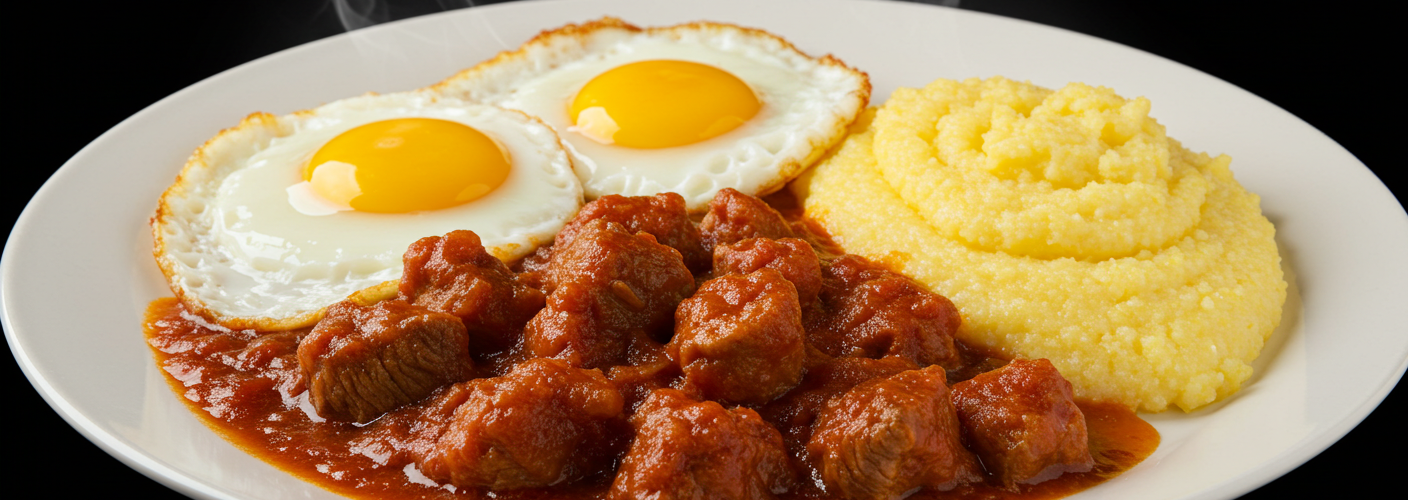When it comes to traditional Romanian cuisine, few dishes resonate quite like Tochitura. This savory stew, primarily made from beef and pork, is steeped in fragrant tomato sauce, offering a taste experience that embodies the heartiness and warmth of Eastern European cooking. Perfectly paired with creamy mamaliga—Romania’s version of polenta—and topped with a fried or poached egg, Tochitura is not just a meal; it’s a celebration of rustic flavors and culinary heritage.
The Basics of Tochitura
Tochitura is often regarded as a comfort food staple in Romanian households. The dish features a blend of beef and pork, which are seasoned and slowly cooked to bring out their natural juiciness and flavor. The meat is typically cubed and simmered in a rich tomato sauce that may include garlic, bay leaves, and other spices that give it depth and complexity. This long cooking process not only tenderizes the meat but also allows for the ingredients to meld beautifully, creating a deliciously thick sauce that clings to the morsels of meat.
How It’s Served
What makes Tochitura truly special is how it is served. It’s customary in Romania to present Tochitura with two delightful accompaniments: mamaliga and eggs. Mamaliga is a simple yet comforting dish made from cornmeal, often cooked to creamy perfection, resembling polenta. It serves as a perfect base for the stewed meat, as its subtle flavor complements the richness of the tomato sauce.
Adding a fried or poached egg on top brings additional richness to the dish, both in flavor and texture. The runny yolk mingles delightfully with the stew, enriching every bite while adding a beautiful presentation to the plate. Whether you’re enjoying Tochitura for lunch or dinner, the combination of flavors and textures is sure to leave a lasting impression.
A Dish for All Occasions
Tochitura is traditionally seen during festive occasions, family gatherings, and holiday celebrations, but it’s also easy enough to prepare for a weeknight dinner. The ingredients are generally affordable and widely accessible, making it an excellent choice for feeding a crowd or enjoying leftovers. Many families have their own variations, using different cuts of meat or adjusting the seasonings to suit personal preferences, ensuring that Tochitura remains a dynamic dish.
The Cultural Significance
Beyond its taste, Tochitura carries a sense of cultural pride for Romanians. The dish is often associated with hospitality and home-cooked meals, reflecting the agricultural roots and culinary traditions that have been passed down through generations. Sharing a plate of Tochitura with family or friends fosters a warm and inviting atmosphere, making it a staple at gatherings and celebrations.
In Conclusion
If you’re looking to explore Romanian cuisine, Tochitura is an excellent starting point. This hearty stew is not only delicious but also embodies the warmth and richness of Romanian culinary culture. Whether you’re savoring it in a cozy restaurant in Romania or preparing it at home for your loved ones, Tochitura promises to deliver comfort and joy in every bite. So why not take the plunge and indulge in this traditional stew? You might just find a new favorite dish that warms the heart and soul.




Add comment